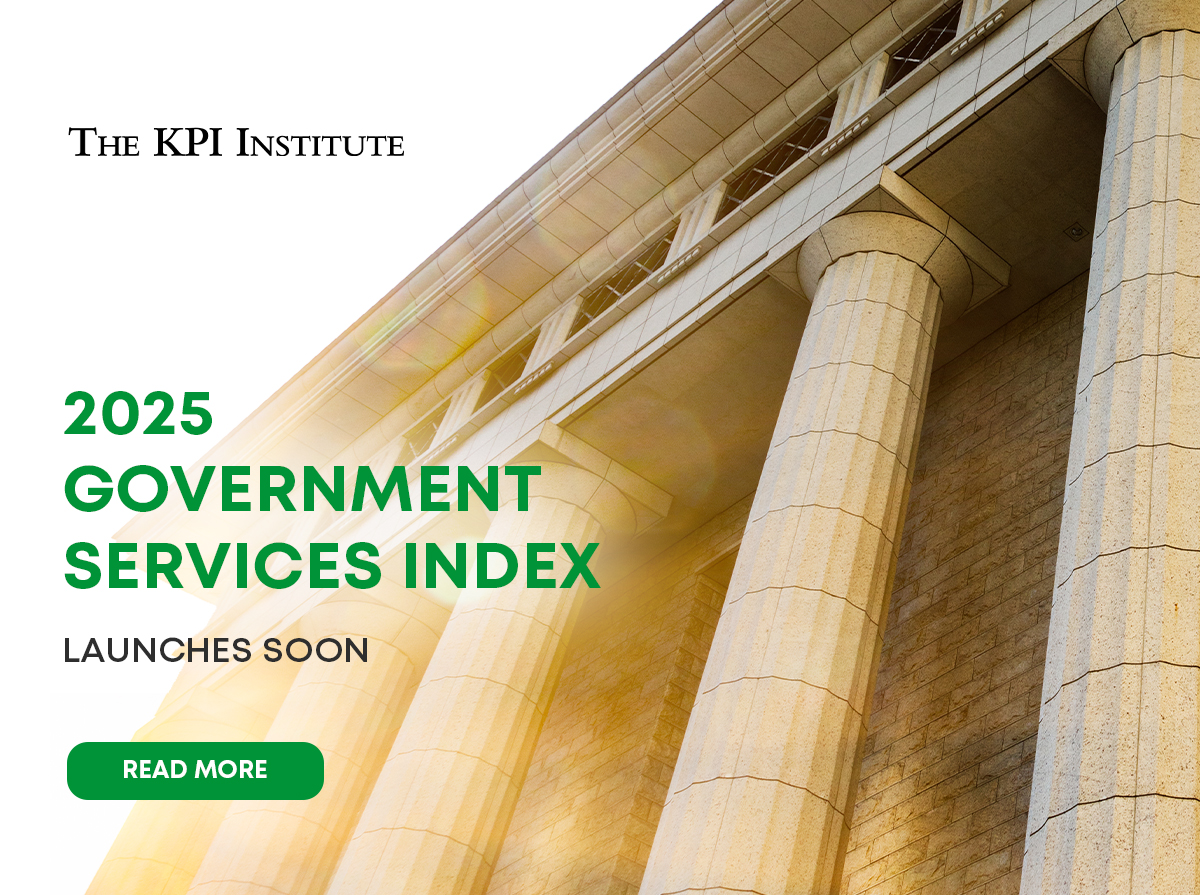Bridging the knowledge gap: uniting data analysts and non-tech stakeholders in organizations
Editor’s Note: This excerpt was originally published in the Ask Our Experts section of PERFORMANCE Magazine Issue No. 26, 2023 – Data Analytics Edition. Islam Salahuddin, a business research analyst and data expert at The KPI Institute, answers, “How can organizations bridge the knowledge gap between data analysts and non-technical stakeholders and decision-makers?”
Bridging the gap between data teams and non-technical stakeholders should be a multi-way effort.
From the technical side, data analysts first have to be aware of business needs and then adopt communication best practices. Insights should be delivered in the plain language of stakeholders, eliminating technical jargon and providing business context. Data storytelling techniques should be leveraged to ensure communication is engaging and persuasive.
From the side of stakeholders, having a high level of data literacy is key to avoiding communication gaps and insight misinterpretations that can lead to distorted decision-making.
Moreover, as hierarchical organizational gaps widen in larger businesses, having mediator roles can also be beneficial. These roles can be performed by experienced business analysts or specialized positions like data translators. Making room at the management tables for data-experienced managers and chief officers will bridge the gap more easily.
From a big-picture perspective, developing a wider data culture environment within an organization can eliminate such gaps on different levels. Business data maturity can only be achieved if business objectives are aligned with and then enabled by data uses, which highlights the importance of crafting a data strategy in alignment with the overall business strategy.
Ready to bridge the gap between data teams and non-technical stakeholders? Elevate your data skills through The KPI Institute’s Certified Data Analysis and Certified Data Visualization Professional courses.








